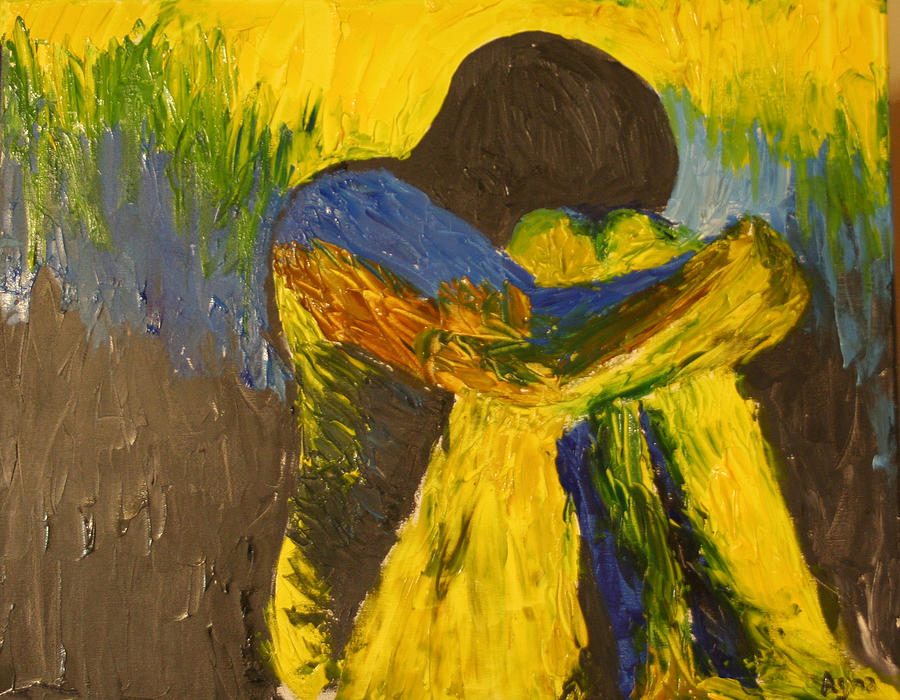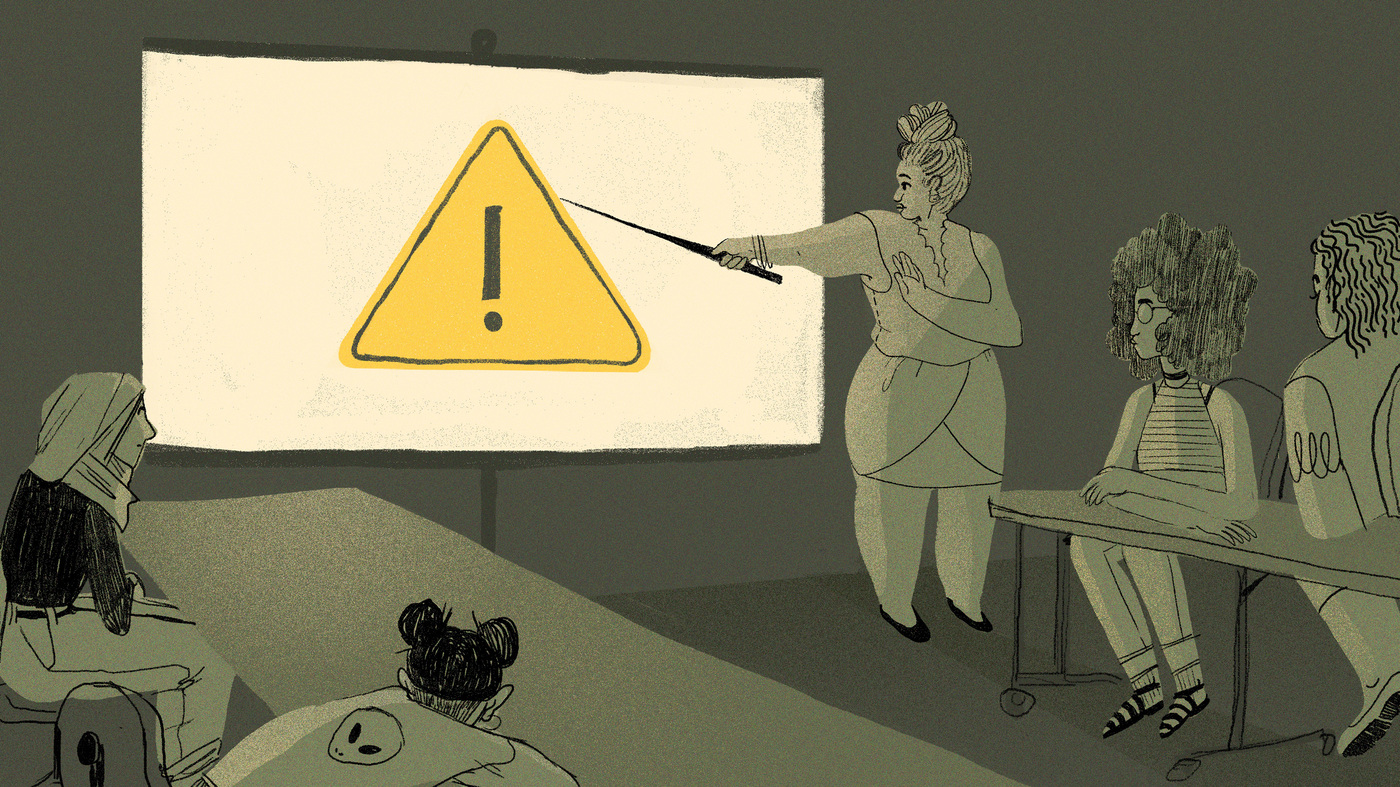By Maria-Nefeli Andreadaki,
I vividly remember the day when one of my literature professors assigned The Bluest Eye by Toni Morrison, which came to be one of my favorite books. The thing with literature classes is that you will not always have the time to read the texts beforehand, which was the case for most of us at the time. Consequently, when the professor started narrating an incestuous sexual assault scene out of the blue, I witnessed all kinds of reactions, including people freezing in their seats or blatantly leaving the Zoom meeting. Now the question is, should the professor have given a trigger or content warning beforehand?
Trigger warnings are disclaimers given before books, movies, etc. that warn you that specific themes, such as violence or gore, are included in what you are about to experience, allowing you to opt out completely in case you deem that this kind of content will harm you.
The appearance of trigger warnings was first recorded on late 90s–early 2000s feminist websites, where topics such as abuse, sexual assault, and eating disorders were discussed. Gradually, their use has become almost ubiquitous in modern online media and academia, with people expressing either their appreciation or concern for their existence. As the Centre for Teaching Excellence by the University of Waterloo mentions, “Not everyone agrees that trigger warnings are necessary or helpful…The decision to preface potentially disturbing content with a trigger warning is ultimately up to the instructor, meaning that professors should not be legally obliged to predict what would trigger their students’ psychological trauma and avoid it. “It is impossible to anticipate all the topics that might be potentially triggering for students.”
On the other hand, philosopher Kate Manne argues that trigger warnings are just an opportunity for students to brace themselves, not skip a lecture, and be better prepared to receive the content without being bamboozled and rendered incompetent for actually taking part in an academic process.

Studies have been conducted in recent years to shed light on the trigger warning “craze.” A Harvard study in particular showed that candidates who received trigger warnings experienced greater distress compared to those who did not receive any before watching or reading “triggering” content. It is like needing trigger warnings for trigger warnings! Though most students who receive trigger warnings do not usually skip content but instead try to prepare themselves, RJ McNally, a psychologist, notes that were they to do so, it would be detrimental to their PTSD recovery since PTSD patients need to be slowly exposed to trauma for their brains to recover, not hide away from it.
Roxanne Gay, a feminist author most popular for her work “Bad Feminist,” is also concerned about the use and effect of trigger warnings. She opens her chapter “The Illusion of Safety/The Safety of Illusion” in a compelling manner by making a list of things that remind her of her abuser and the sexual assault she experienced. The list contains, among others, Polo cologne and the smell of beer coming from a man’s mouth. The point she is trying to make is that you cannot hide from harmful reminders, things that may take you back to a traumatic event and affect you in some way. She believes that people are often too far gone to be saved by a mere warning, or that it is even offensive to assume what someone can or cannot handle, that they need protection just because they have experienced something. Ultimately, she closes the chapter with this powerful quote: “Those of us who do not believe should have little say in the matter. We can neither presume nor judge what others might feel the need to be protected from.”
To my mind, we should always accept and comply with scientific evidence, which, in this case, shows that trigger warnings might cause more harm than good. We should, however, find ways and opportunities to allow people the decision to protect their well-being, whenever we can, giving them some kind of agency to at least reclaim their experiences and move towards recovery, at their own pace.
References
- The New Yorker, “What if trigger warnings don’t work”. Available here
- the University of Waterloo, Centre for Teaching Excellence, “Trigger warnings”. Available here




